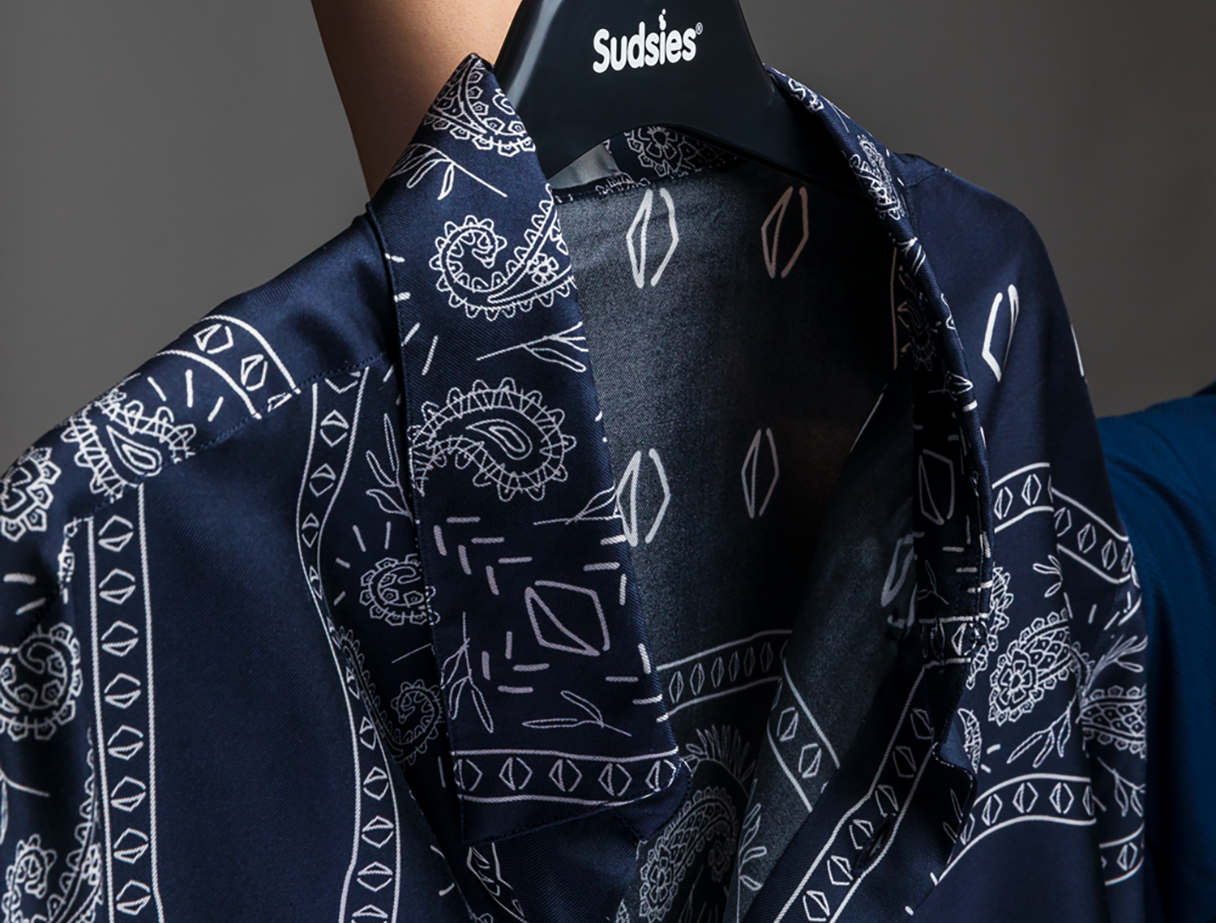How to Properly Store Your Winter Clothes
South Florida is still giving us a few surprise crisp days, but like the recent time change, we can probably expect the weather to “spring forward” too with those balmy temperatures. Then it’s so long fuzzy sweaters, wooly scarves, cozy coats and all those warm wardrobe items that we got to enjoy during the fall and winter months (some more than others if you got to squeeze in a few trips north).
But before you go stuffing these items towards the back of the shelf or in a box under the bed, there are a few things you should do to ensure they come out of their spring and summer hibernation fresh and ready to wear.
- Bathe before bed: Even if they pass the sniff test, give your winter items a good cleaning before storing. Sometimes there is elusive dirt or oils that can set into stains or moisture that can evolve into mildew. Let that marinate in six months of storage and you could have quite the science experiment on your hands.
- Determine what sleeps standing vs. laying: Coats and snowsuits are great to hang. Just be sure to clear pockets and align all zippers to prevent any misshaping. Thick hangers are best for maintaining their structure. Sweaters and lighter knits, on the other hand, are more delicate and can easily stretch with gravity or develop those unsightly shoulder horns from the hangers. These items should be stored horizontally.
- Fill up: When folding winter wears, ideally layer in acid-free tissue to avoid creases from setting in and potentially damaging the fabric. Tissue in between garments also helps protect against any color transfers. Fill gloves, hats, and boots with tissue as well so they don’t emerge crushed.
- Find a nice cool cave: Designate a cool place for storage (no attics or garages), ideally one that has access to air conditioning. While it’s nice to see what you have, opt for opaque containers or garment bags to prevent light from seeping in (we recommend securing a label with the description of contents for quick reference). Our favorite form of storage is muslin or cotton, as they are breathable. This goes for hanging garment bags, but also storage bags that you can stack. Many people use plastic, but understand that this can lock in moisture, thus can lead to mildew. For some extra freshness, insert a sachet of dried lavender, as an eco-friendly (and health-friendly) alternative to moth balls.
Want more tips? Or are you just in need of some clean clothes and a warm smile? Contact Sudsies today!





